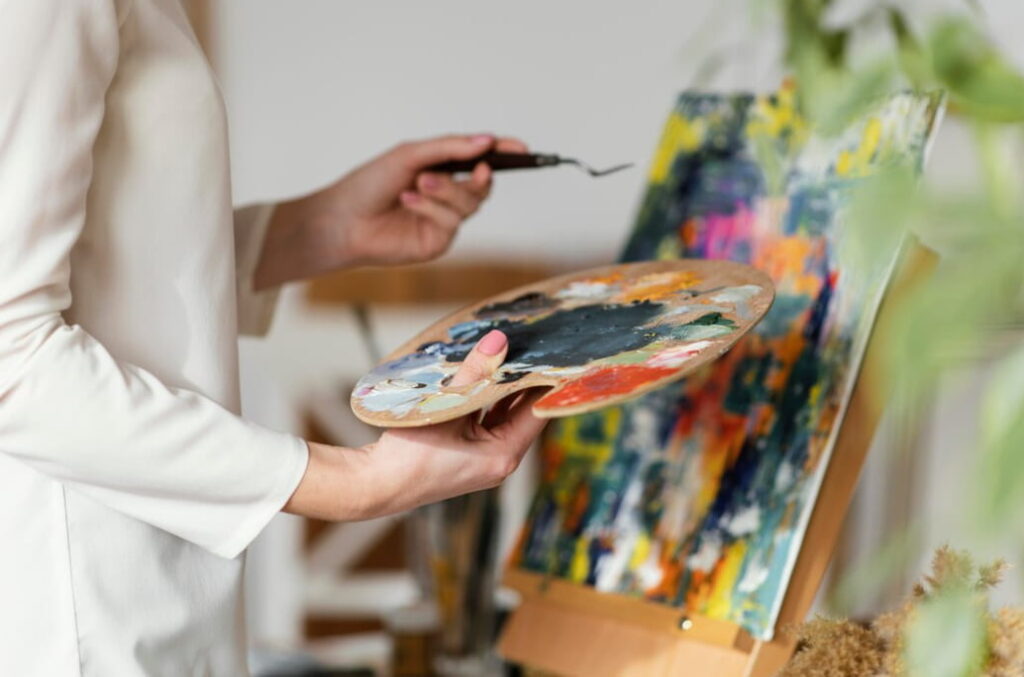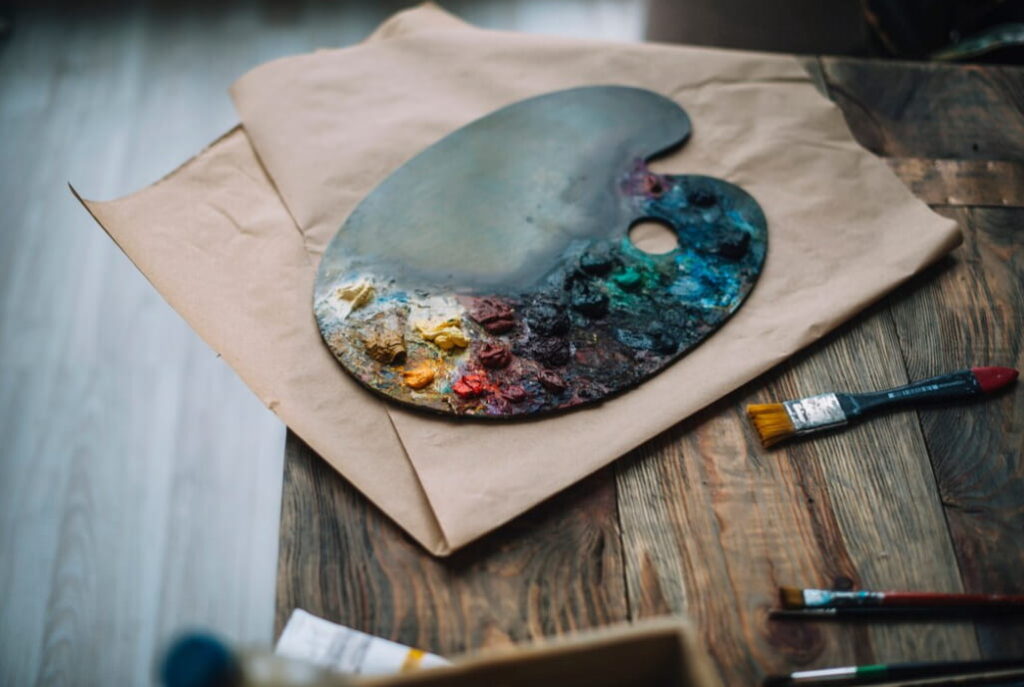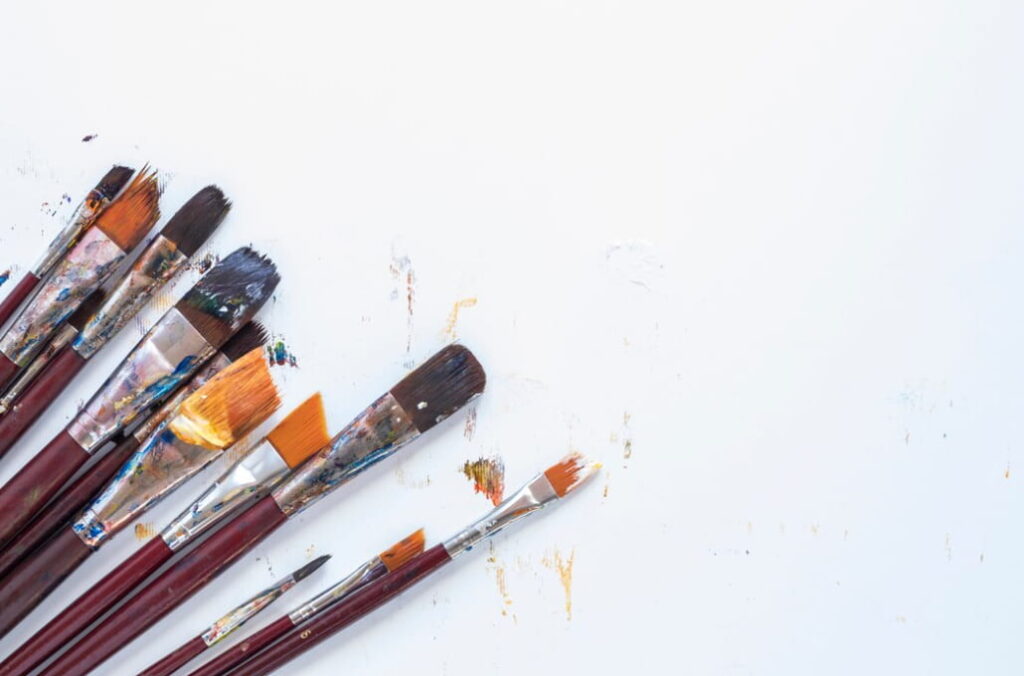Art is a deeply personal and expressive form of communication that transcends cultural boundaries. Whether you’re a beginner or an experienced artist, the journey of improvement in art is a continuous and rewarding process. This article will guide you through practical steps to enhance your artistic skills and unleash your creative potential.
A Guide on How to Improve in Art
The key lies in mastering the fundamentals, from understanding basic shapes to delving into the intricacies of anatomy. Aspiring artists are encouraged to experiment with an array of mediums, broadening their artistic palette and discovering the tools that resonate most with their vision. Studying the works of renowned artists and welcoming constructive criticism are pivotal steps in this process, providing invaluable insights and inspiration. Regular practice, goal-setting, and participation in art classes or workshops contribute to the cultivation of a disciplined and evolving artistic practice. Embracing mistakes not as setbacks but as stepping stones to improvement is fundamental.
Master the Basics
A cornerstone of artistic development is the mastery of fundamental skills.
- Prior to immersing yourself in more advanced techniques, it is imperative to establish a strong foundation in the basics;
- Dedicate time to practicing the art of drawing basic shapes, lines, and shading;
- These seemingly simple exercises serve as the building blocks for developing proficiency in proportion, perspective, and form;
- Regardless of your artistic aspirations, whether it be in the realm of realism or abstraction, a robust grasp of these foundational elements is indispensable for any artist seeking improvement.
Study Anatomy
An in-depth comprehension of human anatomy is a non-negotiable aspect of an artist’s toolkit, even if your primary focus lies outside the realm of figurative art. Delve into the study of anatomy to unravel the intricacies of the human form. By understanding the underlying structure of the body, artists can elevate their work to new heights, infusing it with a heightened sense of realism and dynamism. Whether your artistic endeavors lean towards portraiture, landscapes, or abstract expressionism, a profound understanding of anatomy adds a layer of depth to your creations, enabling you to craft more compelling and evocative compositions.
Experiment with Different Medium
Take the practical approach to honing your artistic skills by delving into a variety of mediums.
- Test your hand with pencils, charcoal, acrylics, watercolors, and digital tools;
- Trying out different materials isn’t just about expanding your skill set; it’s a pragmatic way to pinpoint the medium that suits you best;
- Each medium has its own characteristics and challenges, offering a unique set of advantages and limitations;
- This experimentation process allows you to identify the tools that align with your preferences and style;
- Moreover, it’s a hands-on method to understand the practical aspects of each medium, helping you make informed choices in your artistic endeavors.

Learn from Others
Expand your artistic horizons by immersing yourself in the work of established artists and a variety of art styles. Take the time to scrutinize their techniques, observe their brushstrokes, and analyze their use of color. Actively engage with the art world by attending exhibitions, exploring galleries, and following artists on social media platforms. By doing so, you ensure a continuous source of inspiration and expose yourself to diverse perspectives, enriching your artistic journey with a broad spectrum of influences.
Seek Constructive Criticism
Invite growth into your artistic process by actively seeking constructive criticism. Share your work with peers, mentors, or online communities to receive valuable feedback. Embrace this input as an opportunity for improvement, allowing it to guide you in refining your skills and expanding your creative repertoire. Constructive criticism is not a critique of your abilities but a roadmap for progress, helping you navigate the areas that can be strengthened and developed.
Practice Regularly
Consistent practice is the backbone of artistic improvement. Dedicate regular time to drawing or painting, even if it’s just a brief period each day. Establishing a routine not only builds muscle memory but also fosters creativity. Through regular engagement with your craft, you develop a deeper connection with your artistic instincts and enhance your proficiency over time. The daily commitment to practice is a tangible investment in your artistic growth, reinforcing your skills and nurturing your evolving creative expression.
Set Goals
Define specific, achievable goals for your artistic journey. Whether it’s mastering a particular technique, completing a certain number of artworks, or participating in an exhibition, setting goals provides direction and motivation.
Join Art Classes or Workshops
Enrolling in art classes or workshops allows you to learn from experienced instructors and interact with fellow artists. These settings provide a supportive environment for growth and offer valuable insights into different approaches to art.

Keep a Sketchbook
Carry a sketchbook with you to capture spontaneous ideas, observations, and doodles. This practice helps keep your creativity flowing and serves as a visual diary of your artistic journey.
Embrace Mistakes and Learn from Them
Artistic growth often involves making mistakes. Rather than viewing errors as failures, see them as opportunities to learn and refine your skills. Embracing the learning process is essential for continuous improvement.
Conclusion
Improving in art is a lifelong journey filled with exploration, experimentation, and self-discovery. By mastering the basics, studying from various sources, seeking feedback, and maintaining consistent practice, you can unlock your creative potential and continue to evolve as an artist. Embrace the joy of creation, and remember that every stroke of the brush or pencil is a step forward in your artistic development.
